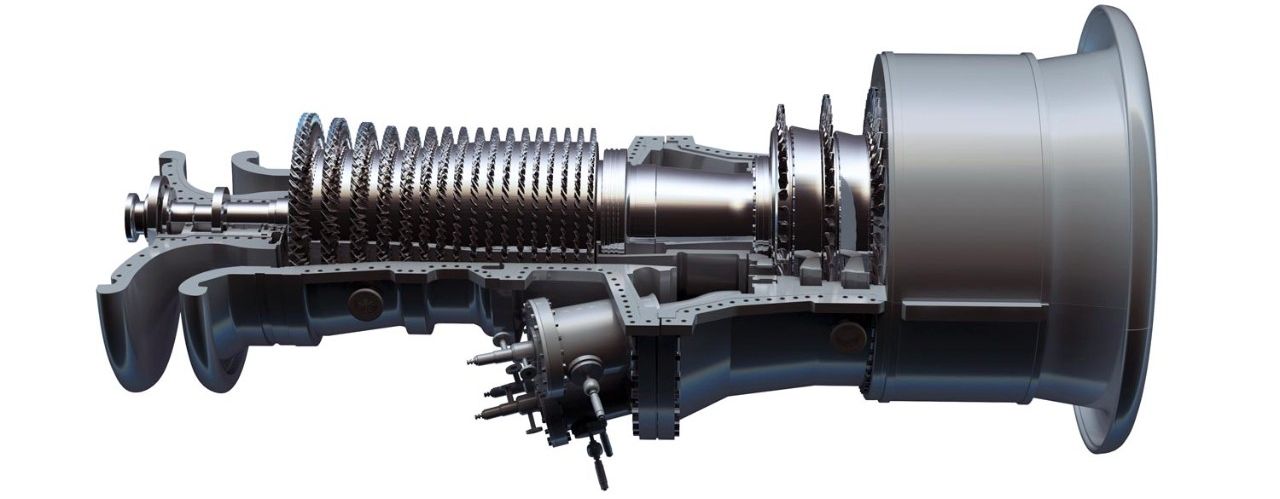6B repowering solution promises 35% boost in simple cycle output, 5% in efficiency

6B.03 gas turbine[/caption]
GE's Power Services business has launched a repowering solution for the 6B gas turbine. GE also announced it has signed its first agreement for the solution with a global chemical company to repower three 6B gas turbines.
In Africa, GE has an installed base of 60 6B gas turbines at various locations with the most recent installation in Cabinda, Angola. The fleet is mainly used for power generation for grid supply as well as for large industrial uses like refineries.
Part of GE's Fleet360 platform of total plant services solution, the new 6B Repowering Solution incorporates advanced F and H class technology to elevate the machine's performance to leading levels for its class. The repowering consists of a full “flange-to-flange” upgrade of all major components, including the combustion system, hot gas path and compressor, and it transforms the 6B unit into a GE 6F.01 gas turbine, which is also available as a new unit.
The new 6B Repowering upgrade, which fits into the existing 6B footprint, can advance performance in both gas turbine and combined-cycle operation.
It's capable of:
- Increasing turbine output up to 35% simple-cycle / 25% combined-cycle
- Improving efficiency up to 5% points in simple and combined-cycle operations
- Achieving up to $3 million in fuel savings per unit annually
- Achieving NOx emissions as low as 15 ppm.
- Extending the hot gas path inspection interval to 32,000 hours (from 24,000 hours) and major inspection interval to 64,000 hours (from 48,000 hours)
Since its first installation in 1978 at Montana-Dakota Utilities' Glendive Power Plant in USA, GE's 6B fleet has accumulated more than 65 million operating hours. GE's fleet spans more than 1,150 6B turbines across all corners of the world, powering energy production facilities and industrial applications in segments such as petrochemical, oil and gas, exploration and cement production
In 2009, GE launched the 6B Performance Improvement Package (PIP), featuring advances in materials, coatings, sealing and aerodynamics derived from its F-class technology to increase output and efficiency. Today, PIP is installed on 200+ units, 5 of which are in Africa with 9 additional upgrades planned. It has also become the standard configuration for new 6B gas turbines.